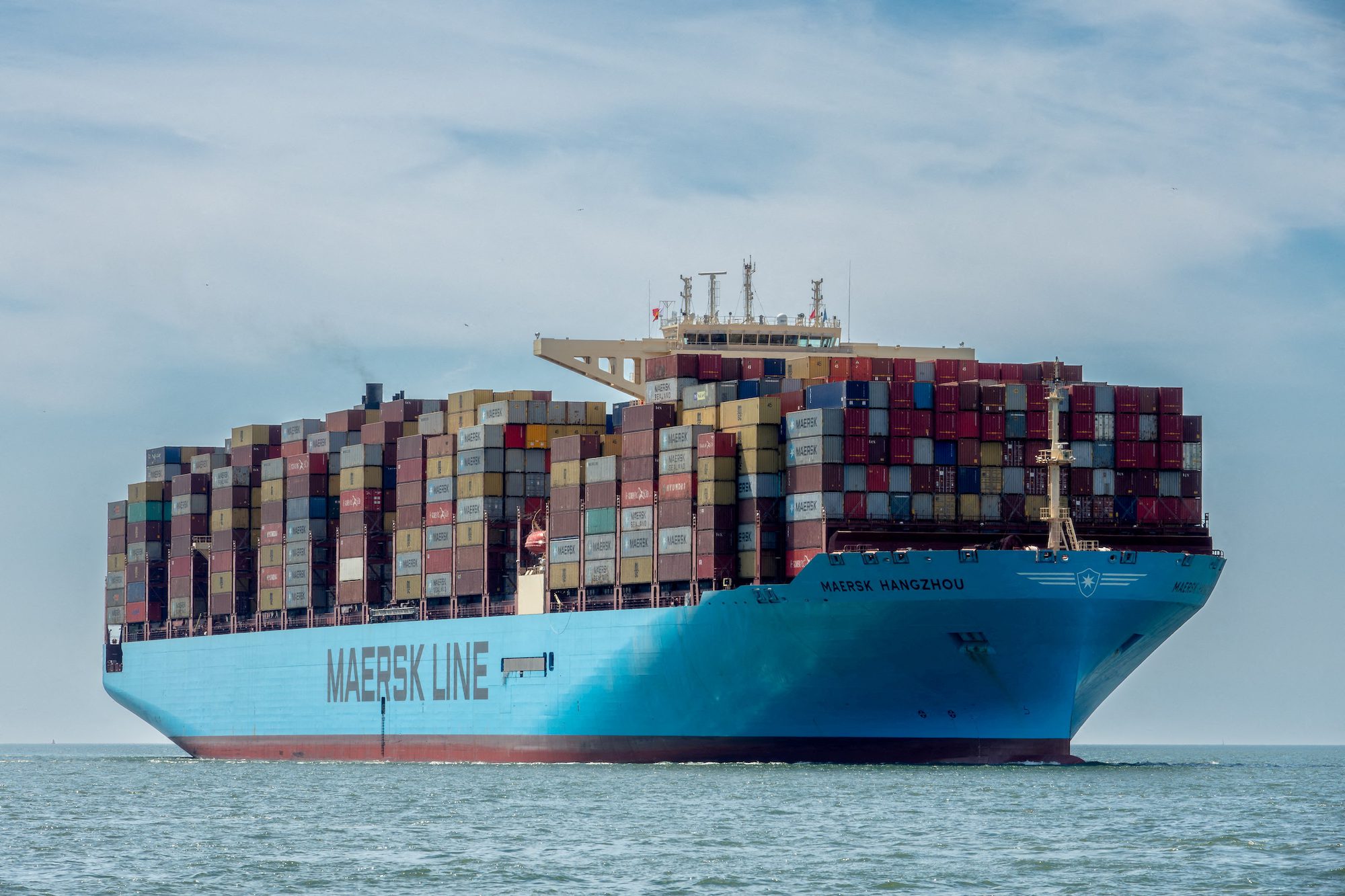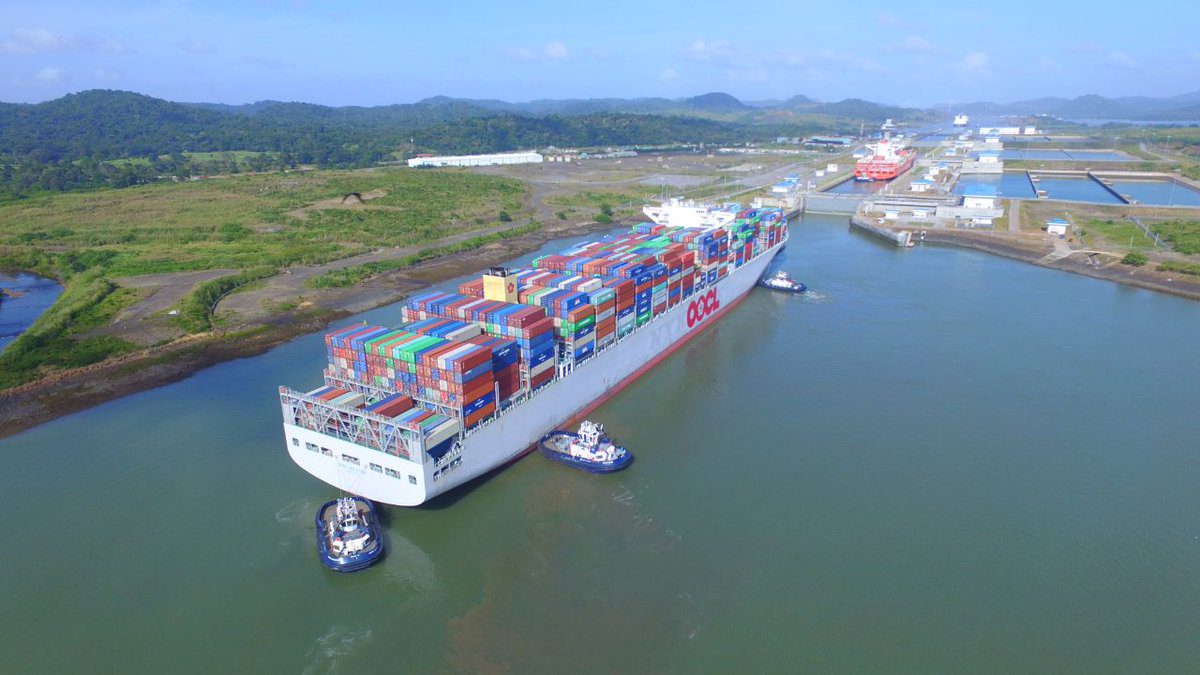Major geopolitical events and policy changes are significantly impacting global maritime trade in early 2025, with new U.S. tariffs and ongoing Red Sea security concerns creating ripple effects across shipping routes, according to Maersk’s North America market update for January.
The Trump Administration announced sweeping tariffs on February 1, 2025, targeting imports from China, Canada, and Mexico under the International Emergency Economic Powers Act. While the 10% tariff on Chinese goods took immediate effect on February 4, tariffs on Canadian and Mexican imports face a one-month delay.
Meanwhile, despite a January 15 ceasefire agreement between Israel and Hamas that brought hope for regional stability, Maersk continues to route vessels around Africa via the Cape of Good Hope.
“The situation remains complex and unpredictable… the security risk for commercial vessels in the Red Sea and Bab-el-Mandeb Strait remains high,” Maersk stated in their update.
On the labor front, the maritime industry received positive news as the International Longshoremen’s Association (ILA) and USMX reached a tentative agreement on January 8 for a new six-year master contract, averting potential disruptions at U.S. Gulf and East Coast ports. The ILA Wage Scale Committee has unanimously approved the new master contract agreement, with full membership ratification vote scheduled for February 25, 2025. The agreement “ensures continued operations at major ports, safeguarding the stability of supply chains that handle nearly half of U.S. imports,” according to Maersk.
Meanwhile, Maersk is implementing its “Network of the Future” initiative, launching new Transatlantic services as part of its new Gemini Cooperation alliance with Hapag-Lloyd. The rollout includes TA1, TA2, and TA3 routes connecting North Europe to various U.S. ports beginning in Week 7, followed by the new TA10 service in March, establishing direct connections between Turkey, the East Mediterranean, and the U.S. East Coast.
Schedule reliability remains a concern across the industry, with global reliability declining to 53.8% in December 2024. However, Maersk reports it maintained its position as the most reliable carrier among the top 13, achieving 60.4% reliability. The company has set an ambitious target of achieving over 90% schedule reliability once their new Gemini network is fully operational.
Adding to the complexity, U.S. Customs and Border Protection announced plans to enhance data collection requirements for low-value shipments, targeting potential abuse of the de minimis exemption that allows goods valued under $800 to bypass import duties. The new “enhanced entry process” will require additional documentation, including clearance tracing identification numbers and verification of shipment contents.

 Join The Club
Join The Club











